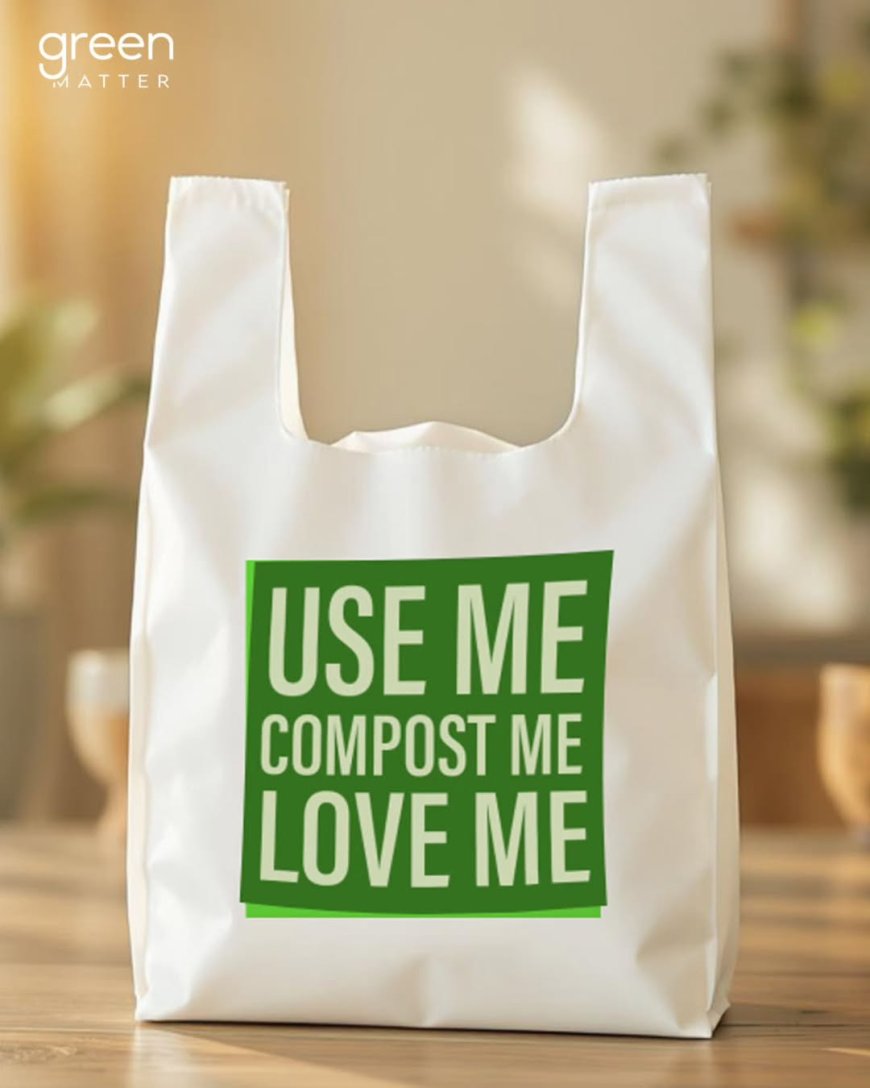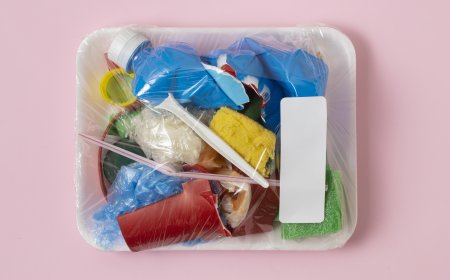Can Biodegradable Bags Hold Heavy Items?
Wondering if biodegradable bags can handle heavy loads? Learn how biodegradable carry bags compare to plastic in strength and reliability.

As businesses and households continue to reduce their plastic footprint, biodegradable bags have emerged as a sustainable alternative to conventional plastic. But while their environmental benefits are clear, one practical concern often arises: can these bags handle the demands of everyday use, especially when it comes to carrying heavy items?
In this article, well break down the strength, material composition, and usability of biodegradable bags to help answer that question with both clarity and context.
What Are Biodegradable Bags Made Of?
Biodegradable bags are typically made from plant-based materials such as corn starch, cassava, PLA (polylactic acid), or other natural polymers. These materials are designed to decompose in controlled composting environments, returning to the earth without leaving harmful residues behind.
Unlike conventional plastic, which can remain in landfills or oceans for hundreds of years, biodegradable alternatives begin to break down within a few months when exposed to the right conditions.
Do They Sacrifice Strength for Sustainability?
One of the biggest myths about biodegradable packaging is that its inherently weak or flimsy. In reality, modern production techniques have made these bags surprisingly durable. Manufacturers now engineer biodegradable carry bags to be not only eco-friendly but also robust enough to handle daily tasks.
Some biodegradable bags can support similar loads to that of traditional LDPE plastic bags, particularly when the material thickness (measured in microns or GSM) is optimized for durability.
Real-World Strength Testing
Lets look at some practical scenarios:
-
Grocery shopping: Many biodegradable carry bags are capable of holding 510 kg worth of fruits, vegetables, and packaged items without tearing.
-
Takeaway or food delivery: These bags are widely used in cafes and restaurants and can easily carry multiple containers or beverages.
-
Clothing and retail: Apparel stores often use biodegradable bags for light to medium-weight clothing, which pose no issues in terms of weight-bearing.
That said, not all biodegradable bags are created equal. Their ability to carry weight depends on a few key factors:
Factors That Influence Weight Capacity
-
Material Quality
The strength varies based on the raw materials used. Bags made from PLA or a starch blend tend to perform better than those made from lower-grade bio-compounds.
-
Bag Thickness
Just like plastic bags, the thickness or GSM of a biodegradable bag affects how much it can carry. Heavier-duty bags (40 microns and above) are more suitable for industrial use or large deliveries.
-
Design and Construction
U-cut and D-cut bags with heat-sealed sides and reinforced handles provide better load distribution and reduce the risk of tearing.
-
Intended Use
Some biodegradable bags are specifically designed for garbage disposal or food packaging, and they may not be suitable for holding sharp or heavy items unless specified.
When to Choose a Heavier-Duty Biodegradable Bag
If your business or personal use involves carrying heavier items such as books, glass bottles, or industrial goods opt for bags that are explicitly labeled as "heavy-duty" or "commercial grade." These biodegradable carry bags are often tested for strength and can rival the performance of their plastic counterparts.
For example, certain compostable bags designed for wet waste can hold both the weight and moisture of food scraps without leaking or tearing which is a good indicator of structural integrity.
Long-Term Benefits Beyond Strength
While strength and performance are important, its also worth looking at the broader benefits biodegradable bags offer:
-
Environmental Responsibility: They break down without leaving toxic residues, helping to reduce landfill volume and marine pollution.
-
Brand Value: Businesses using eco-friendly packaging are often viewed more positively by customers who care about sustainability.
-
Compliance: Many local regulations now restrict the use of single-use plastic. Using biodegradable alternatives keeps you on the right side of the law.
Tips to Maximize Durability
-
Store bags in a cool, dry place to maintain material integrity.
-
Avoid overpacking use bags appropriate for the load.
-
Choose the right type (D-cut, U-cut, loop handle) based on your use case.
-
Opt for certified biodegradable bags that meet quality and performance standards.
Conclusion
So, can biodegradable bags hold heavy items? The answer is yes with the right material, design, and thickness, they can perform remarkably well in day-to-day scenarios. While they may not yet match industrial-strength plastic in every situation, they are more than capable of handling common household and business needs.
As the market evolves, biodegradable carry bags are only getting better stronger, smarter, and more versatile. By choosing the right type and using them wisely, you can make a meaningful shift toward sustainability without compromising on practicality.



































